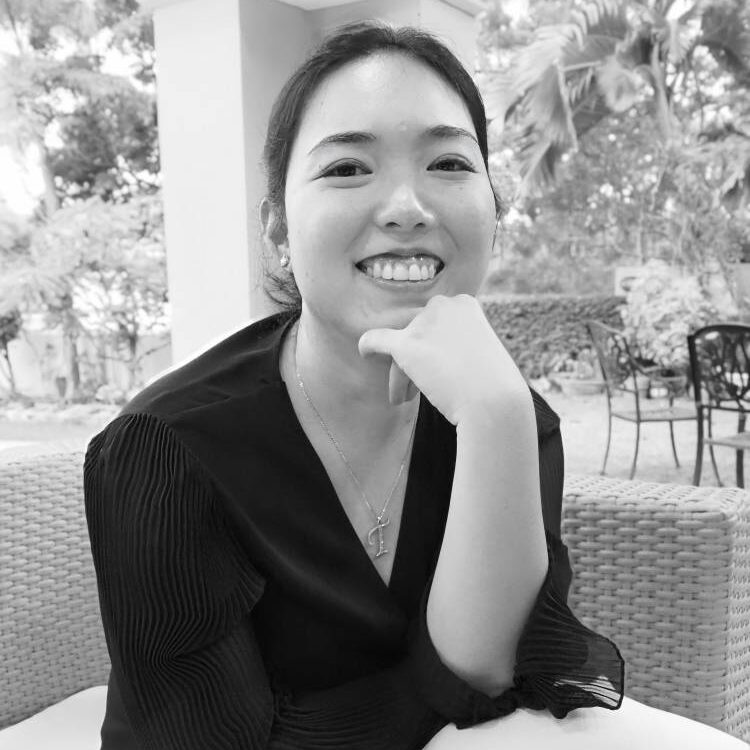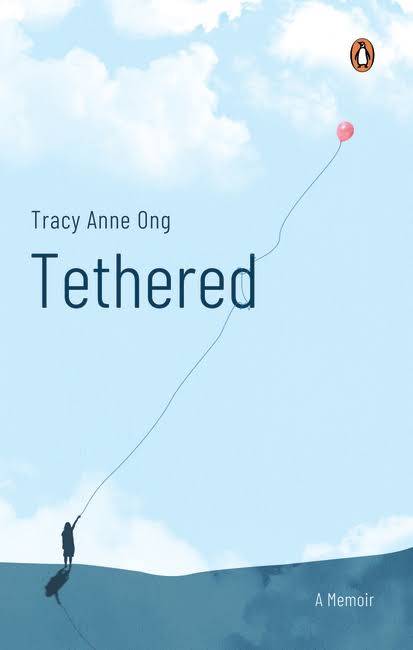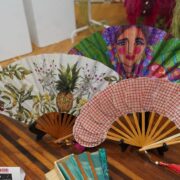Young lawyer chronicles stroke journey in memoir

The image many of us have of a stroke patient is that of a person who walks with difficulty, one arm immobile with the fingers of that hand curled toward the chest. Their speech is slurred and they have a tendency to drool.
But what exactly happens when one gets a stroke? Young author Tracy Anne Ong was just beginning her law career in Cebu City when she had a stroke that affected her speech, eyesight, and ability to breathe and swallow. It would go on to weaken her left side and completely paralyze her right.
Ong was rushed to a hospital in Cebu before later being airlifted to Singapore where she underwent treatment and therapy.
In her book, “Tethered: A Memoir” (Penguin Random House SEA, 2024), she recounts everything from the day she felt “a subtle shutting off behind my eyes” while chatting with her mother back in March 2022, to the time she was well enough to read the medical reports that detailed the early days of her stroke. At one point she had nine doctors attending to her, “one for almost every organ of my body,” and a total of 26 prescribed medications.
Coming to terms
Through 88 essays divided into six parts, Ong narrates how she struggled and eventually came to terms with the loss of command on her limbs, speech and bodily functions. She also talks about how her parents and siblings provided the support she needed, later realizing how they had put their lives on hold for her.
“I wished for once I was not the center of the universe. The world was passing them by, and they didn’t notice. How many days will they give up for me like that,” she wrote.

Ong admits being fortunate to have had access to top medical care in Singapore where she and her family relocated during the months she was undergoing therapy. She would go on to befriend her nurses, doctors, therapists and fellow stroke patients. Returning to Cebu was an eye-opener, but instead of a feeling of dissatisfaction at the level of care available, she accepted the city’s flaws.
“It turned out what my country lacked in facilities, it doubled down on in human resource. There was a lot more empathy than in Singapore,” she wrote.
This is not the first book written by a stroke patient; there is Jean-Dominique Bauby’s “The Diving-Bell and the Butterfly” (1997) that was made into a movie, and Robert McCrum’s “My Year Off: Rediscovering Life After A Stroke” (1998). But “Tethered” is still a remarkable feat because it chronicles a female stroke patient’s journey.
Rehab journey
Ong continues to undergo rehabilitative Pilates and occupational therapy several times a week and is recovering slowly but steadily. “I am relearning everything from scratch. It’s like I’m back in elementary school with a full schedule. I am relearning to write, speak, walk, climb the stairs,” she told Lifestyle in an email interview.
Before her stroke, Ong owned and managed a bookstore in Cebu, Blithe Books, that languished while she was recovering. She has since revived it and said, “It’s like the universe prepared me for the stroke by making me open a bookstore.”
To further improve her motor skills, she started painting, which helped her regain control of her left hand. “Without these concrete motivations for me to get better, I imagine that I’d just be doing therapy for therapy’s sake, quite passively.”
Ong is truly one of the lucky ones. Two million brain cells die every minute a stroke is left untreated, and only a third of stroke victims fully recover.
“There is this proverb from a Lakota Sioux: ‘Sometimes, I go about pitying myself. And all the while I am being carried on great winds across the sky.’ I hope through my book readers recognize the great winds carrying them whatever phase of life they’re in,” Ong said.

















